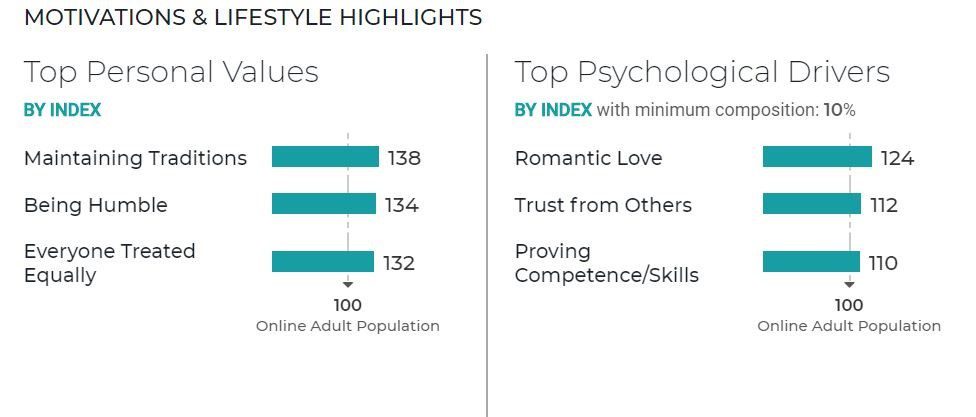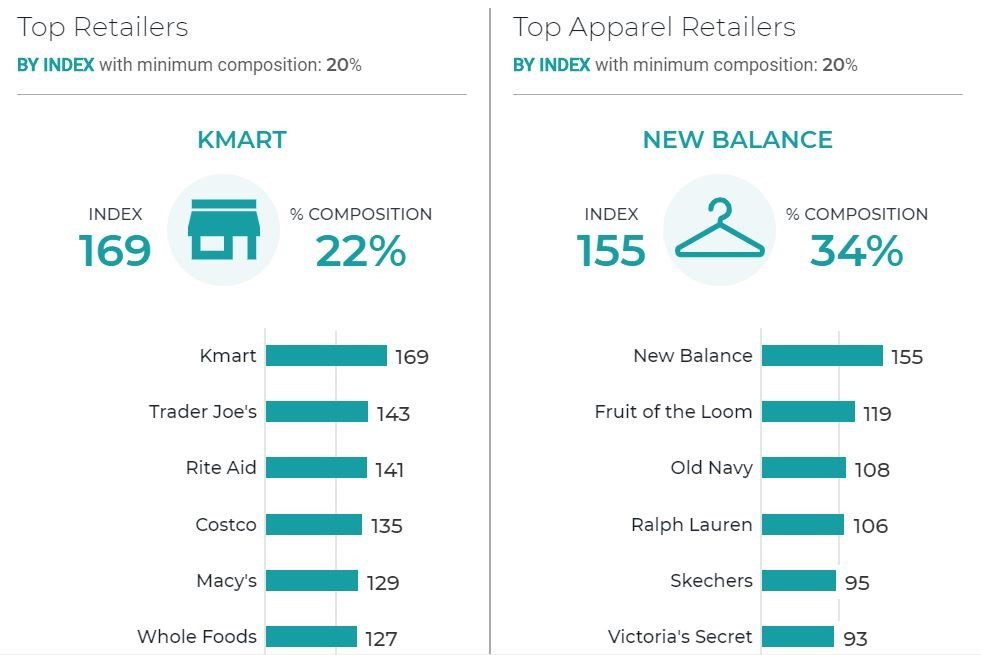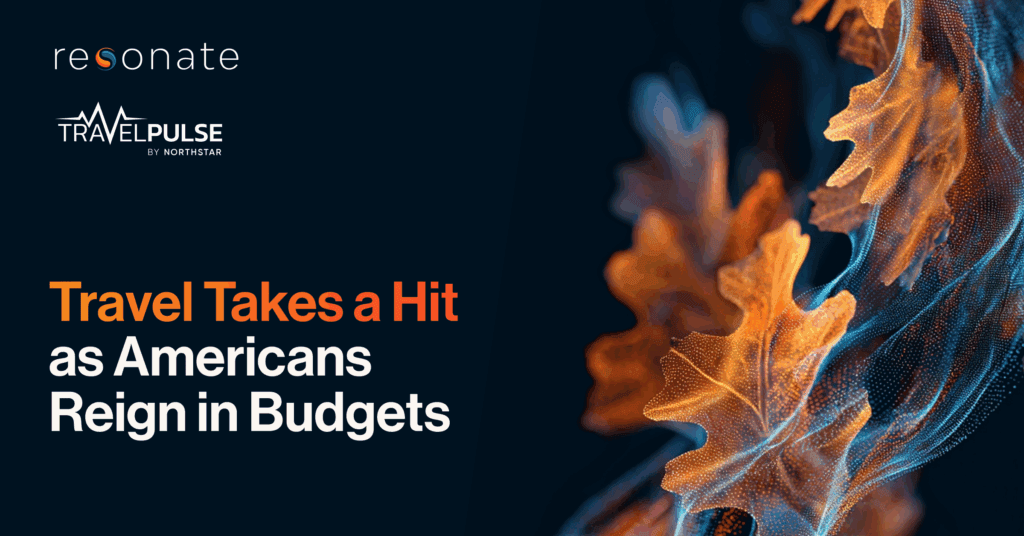Since the crisis began over two months ago, more than 33 million people have filed for unemployment. According to the Labor Department’s April job report, the unemployment rate rose to 14.7%, the highest it’s been since the Great Depression. Another 26% have experienced a pay cut, according to the Marketplace-Edison Poll.
However, despite these staggering unemployment statistics, there are still consumers splurging on big ticket items. Farfetch, a global luxury platform, saw a 90% jump in sales, their revenue rising to $331.4 million. According to Resonate’s National Consumer Study ™, 2.1 million people said their likelihood of making a major purchase has increased since COVID-19 began.
Who are these people? Where do they shop and what kind of major purchases are they planning on making in the next three months? If you’re looking for new ways to bring in revenue, consider targeting this group — they’re not letting the global pandemic slow their spending.
WHO ARE THEY?
This group of big spenders is made up of mostly married men ages 35-44 with no kids, which is one explanation they have spare cash to splurge on big ticket items—no kids! They’re also 18% more likely than the average U.S. consumer to have an annual household income of $100-150K. Their top values are maintaining traditions, being humble and treating everyone equally. They’re driven by romantic love, trust from others and proving their competence and skills.

WHAT ARE THEY PLANNING TO PURCHASE?
So, what are some of the future purchases this group has planned? They’re 90% more likely than the average U.S. consumer to buy a new house and 50% more likely to remodel their home during the coronavirus. They’re 85% more likely to buy a home audio system, 36% more likely to buy furniture for their entertainment room and 30% more likely to buy watches and jewelry. They’re also 24% more likely to adopt a new pet.

WHERE ARE THEY LOCATED?
The major purchases this group is planning to make within the next three months are focused on real estate and home improvement. So, where do these people currently live? According to Resonate’s proprietary DMA ® data, this group is 93% more likely to live in the Raleigh/Durham/Fayetteville area in North Carolina. They’re also 64% more like to live in Raleigh, North Carolina and 51% more likely to live in Greenville/Spartansburg/Asheville/Anderson, another area of North Carolina. Over the last few weeks citizens there have been protesting stay-at-home orders, marching outside the capitol building as they demand state lawmakers to reopen businesses. This may explain why they’re still planning on going through with major purchases – they don’t believe that sheltering in place should be a requirement during the COVID-19 pandemic.
WHAT ARE THEIR FAVORITE BRANDS?
When it comes to their top retailers they shop at Kmart, Trader Joe’s and Rite Aid. Their favorite apparel retailers are New Balance, Fruit of the Loom and Old Navy. Their preferences might come off as somewhat surprising, these are highly accessible brands, not luxury retailers that might be expected from this group. Perhaps they prefer to save up for their major purchases, and, instead of splurging on things like clothes and products, they want to put their hard-earned money towards something bigger.

WHERE CAN YOU FIND THEM?
Where is this segment spending time across digital touchpoints? The social media networks they spend the most time on are Tumblr, Snapchat and Pinterest. Reaching them on Hulu is also another option, as their top paid streaming subscriptions are Hulu Live TV, Hulu Plus and Hulu Plus with no Commercials. Their top TV networks are ESPN, History and the Discovery Channel and their top newspapers are the New York Post, The Washington Post and Los Angeles Times. The websites they spend the most time on are Fandango.com, bostonglobe.com and elle.com. In order to connect with this group and influence them to make a major purchase from your brand, this information is key to understand.

CONNECTING WITH THIS SEGMENT
In these tough times when millions of people are cutting back on their spending — 75 million according to Resonate’s National Consumer Study — this is a unique group for brands and retailers to target. Despite an economic downturn, they’re still willing to spend big. With less people spending money during this time, it’s critical that companies connect with consumers who are planning on doing business during this time.
Curious about other ways COVID-19 is impacting the spending habits of consumers? Download our latest report, Understanding the Evolving U.S. Consumer Sentiment During the Coronavirus Pandemic today for a real-time look into how U.S. adults are responding to the global pandemic.



